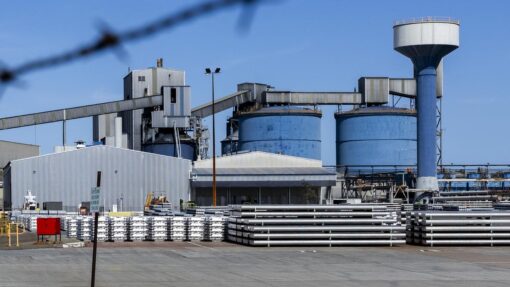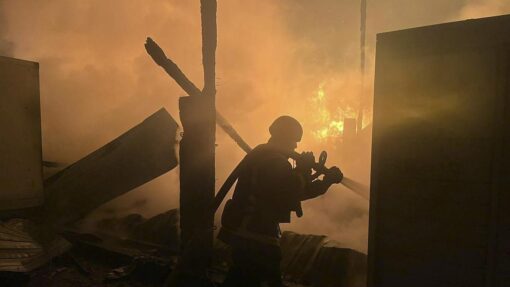‘Bittersweet’ end of an era for coal-fired Liddell
Luke Costin and Marion Rae |
The Liddell Power Station in NSW, once the backbone of the national electricity grid, has been switched off after more than 50 years of service.
The Hunter Valley coal-fired thermal power facility, which could power the equivalent of more than one million homes, on Friday morning completed a carefully engineered year-long shutdown process when the last of its turbines fell silent.
But owner AGL Energy, which has been working on the closure for the past seven years, said the lights will stay on with the addition of more wind and solar generated energy in the years to come.
“Today marks the end of one chapter for the site, but also the beginning of another with our plans to transform the site into the Hunter Energy Hub. The world is changing and so is AGL,” chief executive Damien Nicks said on Friday.
“We already have plans underway to build a 500 MW grid-scale battery on the site, a feasibility study into a hydrogen facility is underway, and we are also exploring options with potential partners in industries such as solar, wind, and waste-to-energy.”
Many of the thousands of Muswellbrook locals who worked at the site over the years gathered to farewell the plant they referred to as “the old girl”.
Electrician Jackson Channon, a third-generation worker at the site who’s moving to the neighbouring Bayswater station, said it was a bittersweet day.
“This place has meant a lot to my family, and for the people who work here, it’s like a community of mates,” he said.
Activists and billionaires alike have been marking the demise of the coal-fired “clunker”, which provided about three per cent of the grid’s power in the past year
Speaking at the opening of the Bango Wind Farm near Boorowa some 430km south of Muswellbrook, mining magnate turned green hydrogen entrepreneur Andrew ‘Twiggy’ Forrest said he was “delighted that stinking old carbon bomb is closing down”.
Federal Nationals leader David Littleproud called for the Liddell site to be turned into a nuclear power station.
“We believe Liddell and the Hunter have a nuclear future,” he told Sky News on Friday.
“We believe the small-scale modular technology that’s evolving particularly in Canada … is something we should have a national conversation about.”
The closure comes as the energy market operator said renewables were breaking energy generation records and driving down wholesale electricity prices.
Black coal-fired output to the national market in the first quarter of 2023 was three per cent down on the previous year’s first quarter, despite a 129-megawatt uptick in coal-fired availability.
Liddell’s demolition will begin in 2024 and take approximately two years.
More than 90 per cent of the materials in the Liddell plant are expected to be recycled during demolition, including 70,000 tonnes of steel – more than the total weight of steel works for the Sydney Harbour Bridge.
Boilers, chimneys, turbine houses, the coal plant and various buildings will go and the site will be levelled with crushed concrete.
But transmission connections will be retained as the site gears up to become an industrial energy hub, equipped with a grid-scale battery.
As Australia’s largest electricity generator and biggest emitter, AGL faced government pressure and a shareholder revolt led by billionaire Mike Cannon-Brookes for going too slow on exiting coal and gas.
Under new management, AGL pledges to be “net zero” from operations with all of its coal-fired power stations to close by 2035 – including Loy Yang, which provides almost a third of Victoria’s power.
Its gas-fired Torrens Island power station, South Australia’s largest plant, is getting a makeover as an industrial hub as well.
The future of Australia’s biggest coal-fired power station, Origin Energy-owned Eraring, remains up in the air, with government briefings suggesting its closure would be more risky than Liddell’s closure, and would leave a supply gap.
AAP


